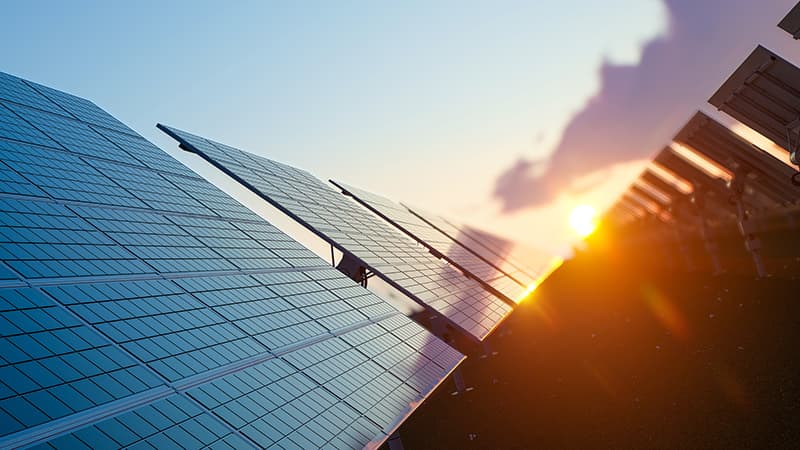
The guiding principle is “sustainability”
In an increasingly green world, where innovation and new technologies embrace environmental protection, each of us is called to do our part. With an abundance of useful tips and new tendencies, let’s look at the main sustainability trends for 2023!
Sustainability 2023: Three Trends Driving the Green Transition
The guiding principle is “sustainability”. From the United Nations’ 2030 Agenda and its development goals, to the precautions we take every day to protect the environment around us, sustainability has become one of the most important objectives to reach in the next year.
A study conducted by Ipsos involving more than 100 of the world’s top managers found that 50% of ESG companies have altered their production and business processes to benefit the environment, while 81% are taking action in this regard. Thus, an even greener future is in sight, especially in the long term... But what will the sustainability trends be in 2023?
- The use of renewable sources
Non-polluting, non-exhaustible and capable of being regenerated at the end of their life cycles — therefore the perfect source of energy for the future. We are, of course, talking about renewable energy sources. Photovoltaics, wind, hydroelectricity and biomethane are just some examples of green energy sources that will become increasingly widespread in our daily lives.
Suffice to say that the first 10 months of 2022 saw 1,896 MW of photovoltaic power installed in Italy, a growth of 146% compared to the same period in 2021. The challenge now is to do even better in 2023!
- Combating digital pollution
During the COVID-19 pandemic, numerous activities were transferred online, and remote working, distance learning and e-commerce flourished, compensating for the difficulties of the lockdown. How significantly does this heavy use of digital means impact the environment? According to the Lean ICT – Towards Digital Sobriety Report, computers, electronic devices and digital infrastructure were responsible for 2% of global CO2 emissions in 2008. By 2020, this figure had risen to 3.7% and by 2025 it is expected to reach 8.5%, equivalent to the emissions of all passenger vehicles on the road. It is predicted that awareness of the environmental damage caused by digital technologies will increase in 2023. But will this also be the ideal year to find some concrete solutions?
- The transition to a circular economy
The circular economy is an innovative model of production and consumption that incorporates sharing, lending, reusing, repairing and recycling existing materials, hence extending product life cycles and helping to minimize waste.
Applying the same concepts, Lucart has relied on its experience to create the EcoNatural initiative. This is a paper+dispenser production system which brings fresh life to beverage cartons. For example, when we manufacture 576 packs of Z-fold EcoNatural towels, comparable to the amount on a pallet, we recover 10,216 beverage cartons, save 5 medium-sized trees and prevent 267.2 kg of CO2e emissions.
The benefits of the circular economy are therefore numerous indeed. Still not convinced? Very well, here are some more benefits:
- Reduction of environmental pressures
- Greater assurance with regard to raw material supplies
- A boost to innovation and economic growth (a 0.5% rise in GDP)
- Increased employment
- An estimated 700,000 additional jobs could be created by 2030 in the European Union as a result of the circular economy.
In short, in 2023 the green transition already underway will look towards even more ambitious goals, leading to the spread of the circular economy as a model of daily production, the increased use of renewable energy sources and even greater environmental awareness.










































































